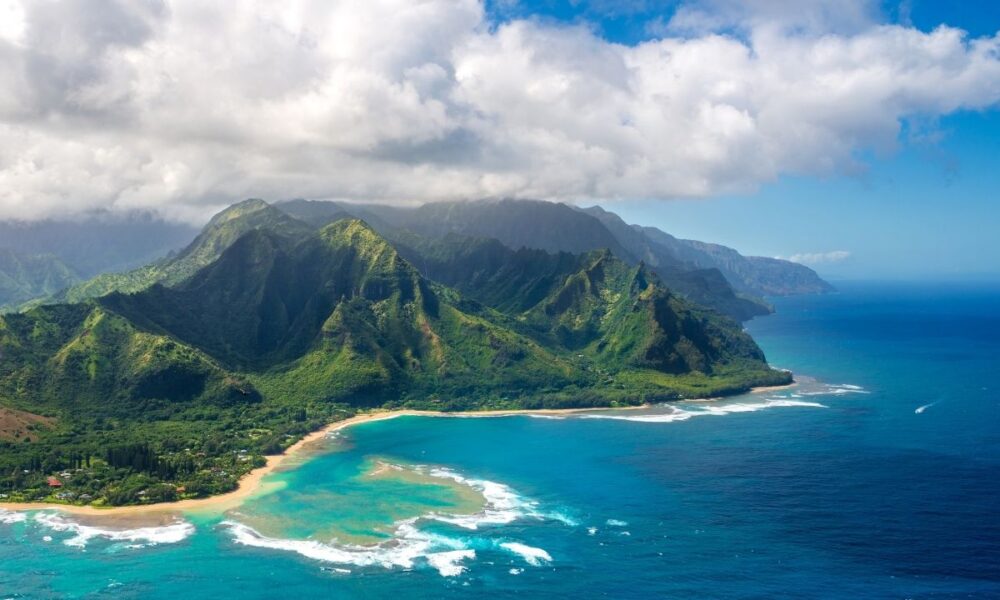Authorities lifted all tsunami warnings and evacuation orders in Hawaii early Wednesday, hours after waves generated by one of the world’s most powerful earthquakes rattled the Pacific.
The move came as the tsunami threat from an 8.8-magnitude quake off Russia’s Kamchatka Peninsula began to subside, with no major damage reported in Hawaii or elsewhere along the U.S. West Coast.
Initial expectations were that a large tsunami would strike the island after waves began to hit the coast around 7 p.m. on Tuesday, though risks for this natural disaster were downgraded from a risk to a warning around 10:45 p.m., according to USA Today.
“I spoke to Governor of Hawaii @GovHawaii and the evacuation order has been for lifted for coastal inundation zones. Please be careful be careful [sic] when returning and watch out for damage. We will continue to monitor in Hawaii, Alaska, and California,” wrote U.S. Department of Homeland Security Secretary Kristi Noem on social media.
Earlier, sirens and emergency alerts had sent Hawaiians scrambling to higher ground or inland in the hours after the Honolulu Department of Emergency Management warned of the potential for “destructive tsunami waves.”
Oahu Mayor Rick Blangiardi also urged residents in low-lying areas to move to higher ground to avoid any potential disasters that could strike the island.
The earthquake, which was one of the ten strongest recorded since 1990 and the largest since 2011, struck just before dawn Wednesday local time, shaking Russia’s far-east Kamchatka Peninsula and prompting evacuations and a state of emergency in coastal regions, according to ABC News.
Damage in Petropavlovsk-Kamchatsky and the port town of Severo-Kurilsk included toppled chimneys, damaged infrastructure, and loss of power and cell service, though no casualties were reported as a result of emergency preparedness and robust building codes, per Reuters.
Officials urged residents to remain cautious, as aftershocks continued in the Kamchatka region.
Emergency agencies are still monitoring remote Pacific areas and the Russian coastline, where damage assessments are ongoing and there is continued risk of local hazards.


